Making the learning relevant is a critical student engagement strategy, as we observed in this recent blog post. Here are some ideas for doing this effectively.

In a report written for The Education Trust, authors Joan Dabrowski and Tanji Reed Marshall refer to three questions that define whether a learning task is relevant: Is the content useful to students? Does it interest them? Is it presented by someone they know and trust?
“When students believe an assignment is useful for their lives … they will engage,” they write. “When they have interest in the content, they will engage. (And when they) encounter new or unfamiliar content presented by a trustworthy, caring teacher or peer who exudes genuine passion for the topic … they will engage.”
According to Dabrowski and Marshall, educators can bring relevancy to assignments using these three techniques:
Have students explore unifying themes by asking essential questions.
Prompting students to think about the “big ideas” or essential understandings within an academic discipline can help students find a purpose to their learning. “For example,” they write, “a math teacher can organize a measurement unit by asking, ‘Why is measurement important for our world today? What type of problems can be solved with measurement?’ A science teacher can anchor a unit on the environment by including a question such as, ‘How does where we live affect how we live?’ In ELA, a teacher might frame a writing unit by asking students, ‘Why should we consider who reads our writing? How does knowing our audience influence the way we write?’”
Use real-world materials, problems, and events.
“The world is a dynamic place where compelling events happen every day, and technology permits young people to interact with these events as quickly as they unfold,” they write. “When assignments are linked to the present-day world, students will likely recognize or be somewhat familiar with the content immediately. The content will feel genuine and authentic because it represents their world. If it holds meaning for them, they will be interested.”
Connect with students’ values, interests, and goals.
Knowing students’ individual and collective interests allows teachers to customize assignments in a way that piques their interest and heightens engagement. For instance, teachers might drawn upon the developmental milestones they see from students at certain age levels and turn these into opportunities for relevant teaching and learning.
Why the learning space matters

Just as the problems that students tackle should resemble the ones they’ll encounter in the real world, the learning environment should mirror the workplaces they’re likely to experience when they graduate. This will not only prepare students more effectively for their future; it will give them physical cues to show that their learning has a purpose.
What does a modern workplace environment typically look like? For one thing, employees are seldom anchored to their desks. Much of the work that happens is collaborative in nature, and so companies are designing their office spaces with plenty of “huddle spaces” and other open, common areas where workers can gather in small, impromptu groups to hash out their ideas.
Schools can mimic these workplace environments by creating flexible learning spaces for students to work either individually or in groups as a task demands, complete with mobile whiteboards and other tools to support brainstorming and collaborative problem solving. To resemble a modern workplace, a learning space also should be equipped with 21st-century tools such as digital devices, projectors, and shared interactive displays, as well as the infrastructure required for students to use these technologies effectively — like readily accessible power outlets and data ports.
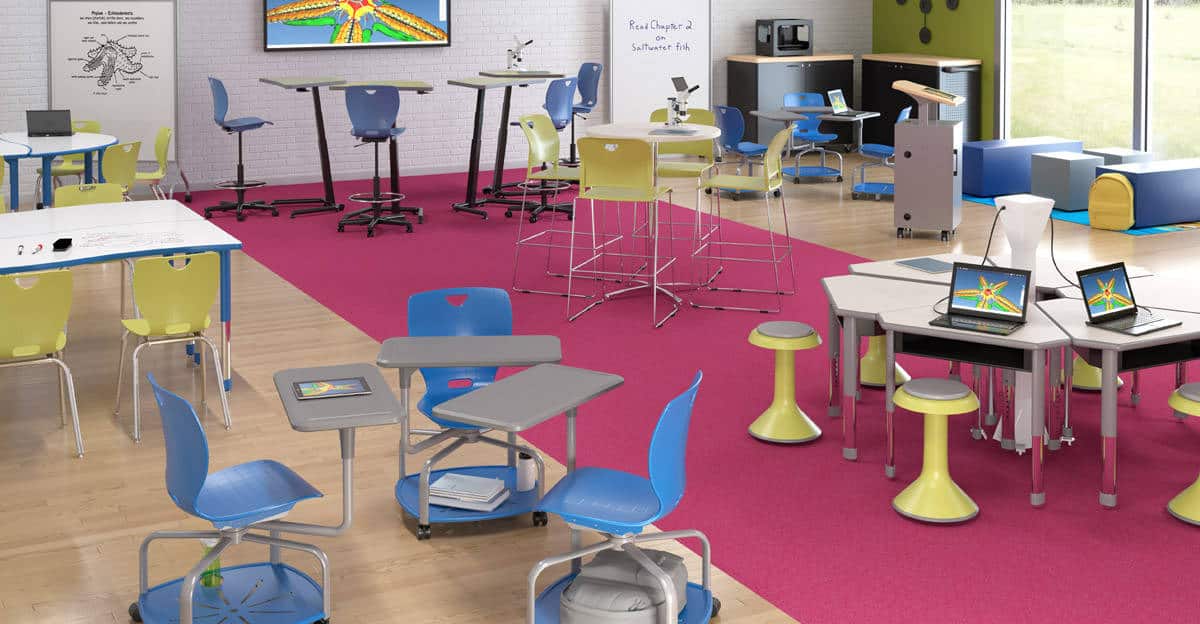
Students should be able to charge their devices as needed, wherever they are in the room, so their learning can continue uninterrupted. To learn about additional student engagement strategies — including tips for integrating them into instruction, as well as how the design of a learning space plays a critical role in supporting or suppressing them — download our free guide: “Three Secrets to Stronger Student Engagement.”
Download the Free Guide
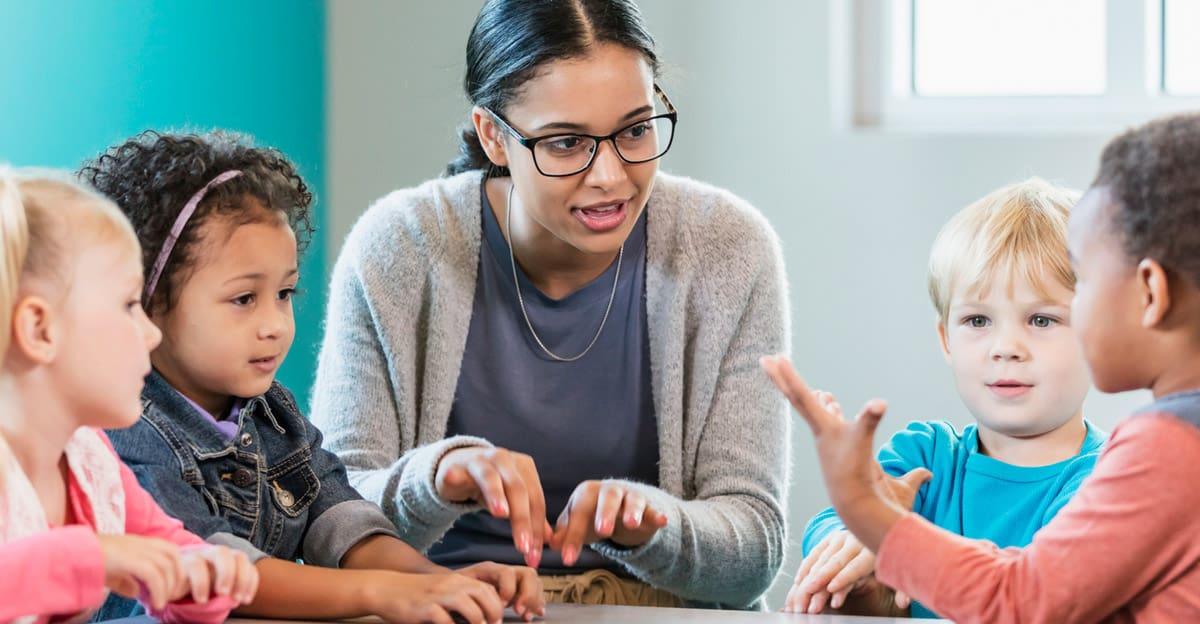
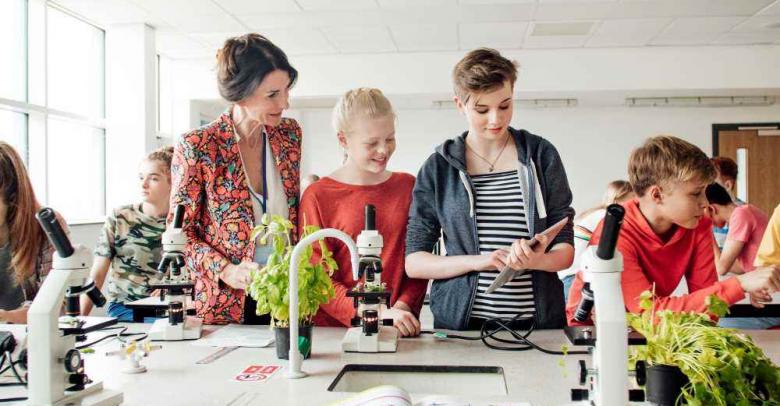

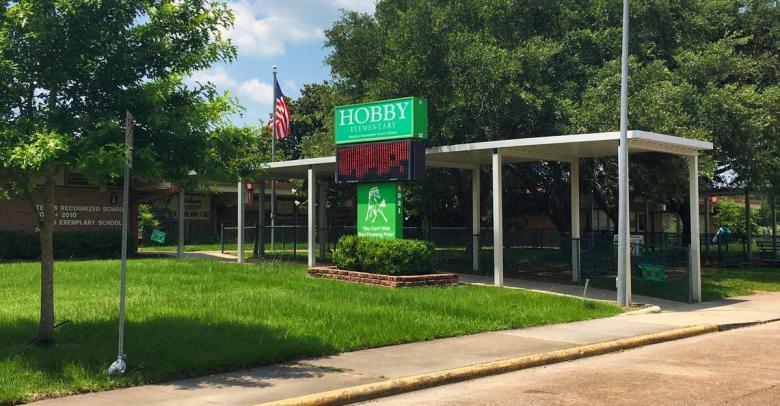
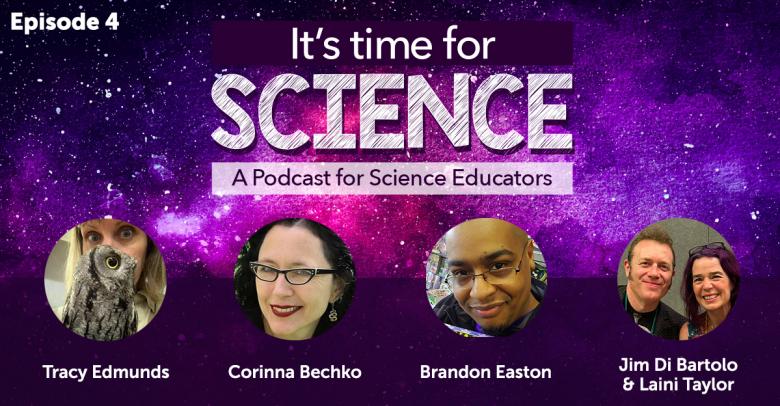
Leave a Reply